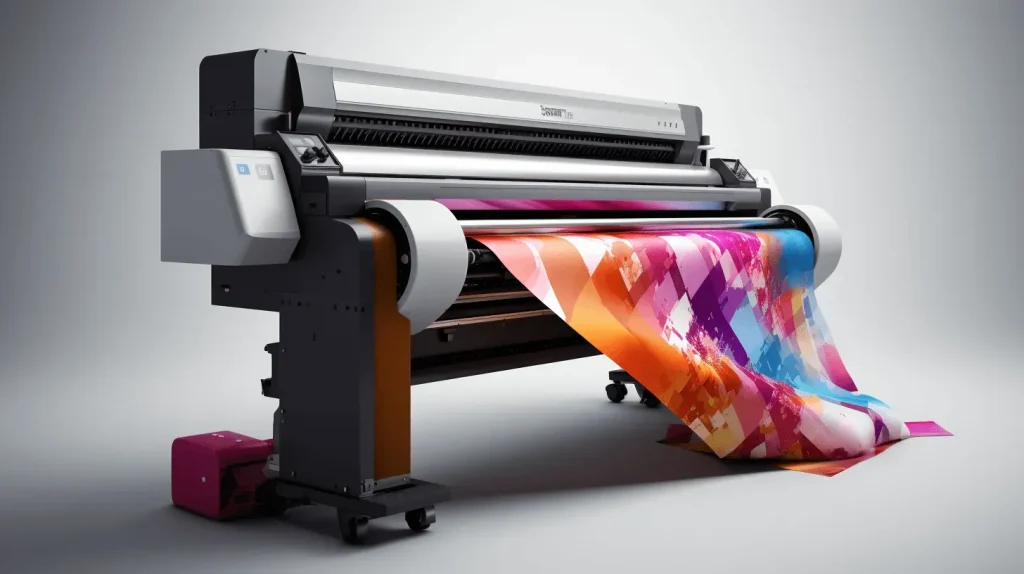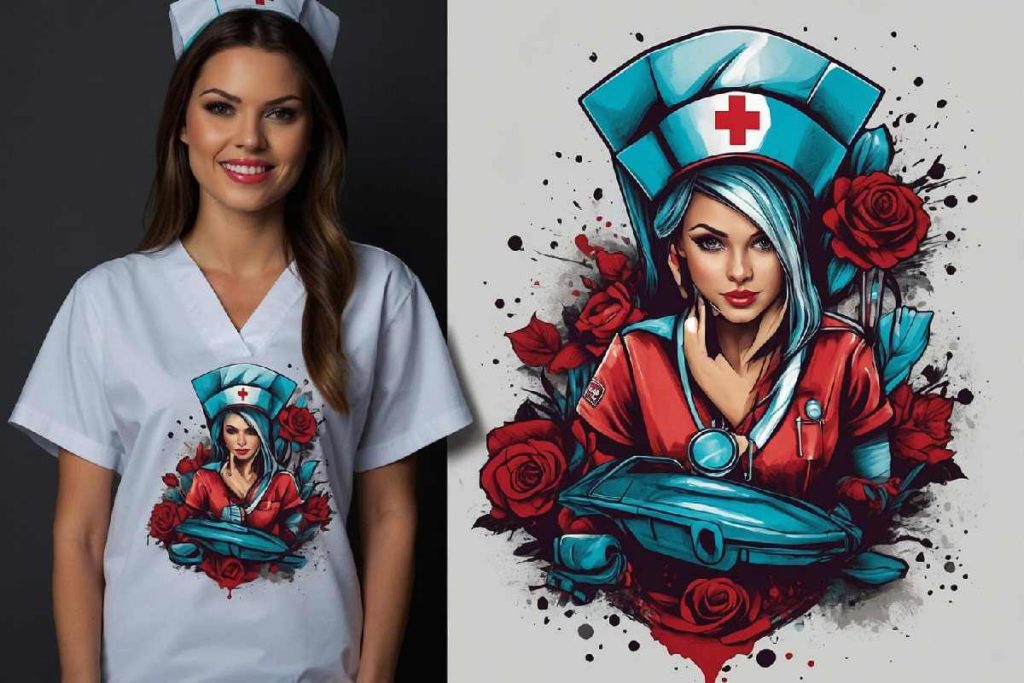DTF printing, or Direct-to-Film printing, is revolutionizing the custom merchandise landscape by allowing businesses to create vibrant, high-quality designs on fabrics effortlessly. This innovative printing technique utilizes specialized film to transfer colorful graphics onto various materials, enabling a broad range of applications in apparel printing and beyond. As sustainability becomes increasingly important to consumers, DTF printing offers eco-friendly solutions that align with modern values, utilizing less waste and environmentally conscious inks. Moreover, with e-commerce printing on the rise, brands can easily integrate DTF technology into their online platforms, facilitating a seamless experience for customers seeking personalized products. With its quick turnaround times and cost-effective processes, DTF printing stands out as a versatile choice for entrepreneurs looking to expand their merchandise offerings.
Known also as direct-to-film ink technology, DTF printing is gaining traction as a preferred method for businesses aiming to produce custom products with ease. This method prints vibrant designs directly onto a film, which is then transferred onto various fabric types, making it an excellent choice for those in custom apparel and promotional products. With increased consumer demand for sustainable options, this printing technique addresses environmental concerns by minimizing waste and using eco-friendly materials. Additionally, DTF’s compatibility with on-demand printing systems significantly benefits e-commerce businesses, allowing them to adapt swiftly to market trends. By leveraging this modern printing solution, companies can enhance their product lines while maintaining a commitment to quality and sustainability.
Understanding the Mechanics of DTF Printing
Direct-to-Film (DTF) printing is an advanced method that bridges the gap between digital printing and traditional techniques. This process involves printing designs onto a special film that can be easily transferred onto various fabrics through heat application. What sets DTF apart is its ability to produce exceptionally vibrant and long-lasting prints without necessitating the pre-treatment of the fabrics, simplifying the whole operation significantly for businesses.
In the realm of custom merchandise, DTF printing shines due to its compatibility with an array of fabric types including cotton, polyester, and blends. This versatility allows businesses to cater to diverse customer preferences effortlessly while ensuring that every printed item maintains its quality even after multiple washes. Understanding the mechanics behind DTF printing helps companies leverage its capabilities to enhance their merchandise offerings.
The Quality Advantage of DTF Printing
One of the most compelling reasons businesses opt for DTF printing is the superior quality it guarantees. Unlike traditional screen printing that may falter with intricate designs, DTF enables the creation of detailed prints with vibrant colors, ensuring that every design pops with brilliance. This archival quality assures that the prints withstand the test of time, providing customers with a product that not only looks great but also lasts.
This quality translates directly to customer satisfaction, making DTF the go-to option for businesses aiming to elevate their apparel printing game. Moreover, the capability to produce prints on-demand reduces the risk of overproduction, enabling companies to maintain high standards without incurring significant waste or loss. Ultimately, this reliability and quality-driven approach fosters customer loyalty, making repeated purchases more likely.
Exploring Cost-Effectiveness with DTF Printing
Businesses constantly seek ways to minimize operational costs without compromising quality, and DTF printing excels in this area. Often requiring less investment in specialized equipment compared to methods like screen printing, DTF allows startups and small businesses to enter the custom merchandise market with lower financial risks. This accessibility encourages testing various designs and adapting swiftly to market demands.
Furthermore, DTF printing eliminates the need for costly minimum order quantities, allowing companies to produce only what is needed at any given time. This flexibility in production not only lowers upfront expenses but also minimizes waste, propelling businesses toward sustainable operations — a significant advantage in today’s eco-conscious marketplace.
Frequently Asked Questions
What is DTF printing and how does it work?
DTF printing, or direct-to-film printing, involves applying designs onto a specialized film that is later heat transferred onto fabric. This method produces vibrant and durable prints, making it ideal for customizing a variety of products, including apparel.
How does DTF printing enhance the quality of custom merchandise?
DTF printing delivers exceptional quality by producing intricate designs with brilliant colors that outshine traditional printing methods. This ensures that custom merchandise is not only visually appealing but also long-lasting, which helps in building customer loyalty.
Is DTF printing a cost-effective solution for small businesses?
Yes, DTF printing is highly cost-effective as it does not require expensive setups or minimum order quantities. This flexibility allows small businesses to experiment with various designs without incurring significant financial risks, making it an excellent choice for startups in custom merchandise.
What are the benefits of using DTF printing for e-commerce businesses?
DTF printing integrates seamlessly with e-commerce platforms, allowing businesses to offer personalized merchandise on demand. This reduces inventory costs and minimizes waste from unsold products, providing a competitive edge in the online market.
Can DTF printing be considered an eco-friendly printing option?
Absolutely! DTF printing can be eco-friendly as many printers use environmentally conscious inks and materials. This commitment to sustainability helps brands appeal to environmentally aware consumers while reducing their overall carbon footprint.
What types of fabrics can be used with DTF printing?
DTF printing is versatile and can be applied to various fabrics, including cotton, polyester, and blends. This capability makes it suitable for a wide range of custom apparel and merchandise, catering to diverse customer preferences.
| Key Points | Details |
|---|---|
| What is DTF Printing? | A technique where designs are printed on a film and heat transferred onto fabrics, ensuring vibrant and durable prints without pre-treatment of fabrics. |
| Quality and Versatility | Delivers exceptional quality with durability across various fabrics. Ideal for customizing t-shirts, hoodies, bags, and more, without complex color separations. |
| Cost-Effectiveness | No expensive setups or minimum orders required, making it accessible for small businesses and startups, helping them manage costs effectively. |
| Quick Turnaround Times | Decreases time from design to product availability, aiding businesses in responding to market trends quickly, ensuring customer satisfaction and increased sales. |
| Eco-Friendly Solutions | Utilizes eco-friendly inks and materials, reducing carbon footprint and appealing to the environmentally conscious consumer. |
| E-commerce Integration | Seamlessly integrates with e-commerce platforms, enabling on-demand printing and reducing inventory costs while offering personalized merchandise. |
| Industry Adoption | Increasing number of businesses adopting DTF technology report higher sales and stronger customer engagement due to quality, affordable, on-demand products. |
Summary
DTF printing is revolutionizing the way businesses approach merchandise customization, offering unparalleled quality, affordability, and speed. With its innovative technology that applies designs directly to a variety of fabrics, DTF printing not only meets the consumer demand for unique and personalized products but also supports sustainable practices through the use of eco-friendly materials. As more companies integrate DTF printing into their operations, they are finding that this method not only elevates their product lines but also creates greater connections with customers, leading to increased brand loyalty and success in the competitive market.



